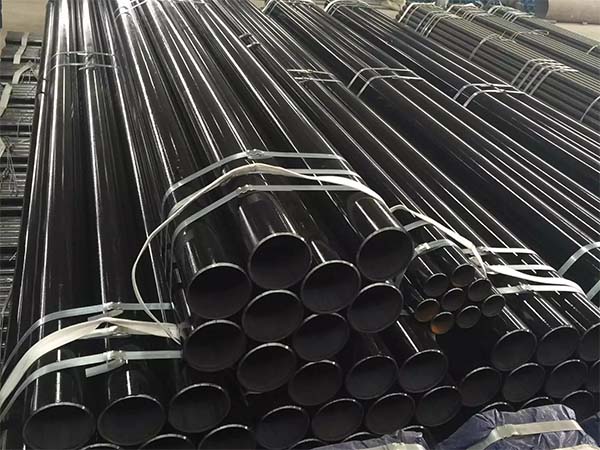
A typical NPS-SCH counterpart example
|
NPS |
OD |
Wall Thickness |
ID |
||
|
in |
in/mm |
SCH 40 |
SCH 80 |
SCH 40 |
SCH 80 |
|
½ |
0.840″/21.3mm |
0.109″/2.77mm |
0.147″/3.73mm |
≈0.622″/15.8mm |
≈0.546″/13.9mm |
|
¾ |
1.050″/26.7mm |
0.113″/2.87mm |
0.154″/3.91mm |
≈0.824″/20.9mm |
≈0.742″/18.9mm |
|
1″ |
1.315″/33.4mm |
0.133″/3.38mm |
0.179″/4.55mm |
≈1.049″/26.6mm |
≈0.957″/24.3mm |
|
2″ |
2.375″/60.3mm |
0.154″/3.91mm |
0.344″/8.74mm |
≈2.067″/52.5mm |
≈1.687″/42.9mm |
There are mainly two common reference standards for the dimensions of seamless steel pipes:
ASME B36.10M: Dimensions standard for carbon steel and alloy steel pipes (seamless or welded), applicable to NPS ≤ 12 "(≈DN 300).
ASME B36.19M: The size standard for stainless steel pipes, Schedule is similar to B36.10, but there are slight differences in thickness under some NPS (such as 10S, 12S, etc.).
How to select the correct application
Determine the application and pressure requirements → Select the appropriate SCH (SCH 40 is often used for general purposes, while SCH 80 has higher pressure requirements).
Clarify the NPS (Nominal Size) → Then check the corresponding table of OD and WT.
Calculate the actual ID: ID ≈ OD - 2 × WT, which is used for the calculation of fluid flow and pressure drop.
Reference weight value: It can be estimated based on OD, WT, and material density, or directly obtained from a table (kg/m or lb/ft).
Read more: ERW carbon steel pipe sizes